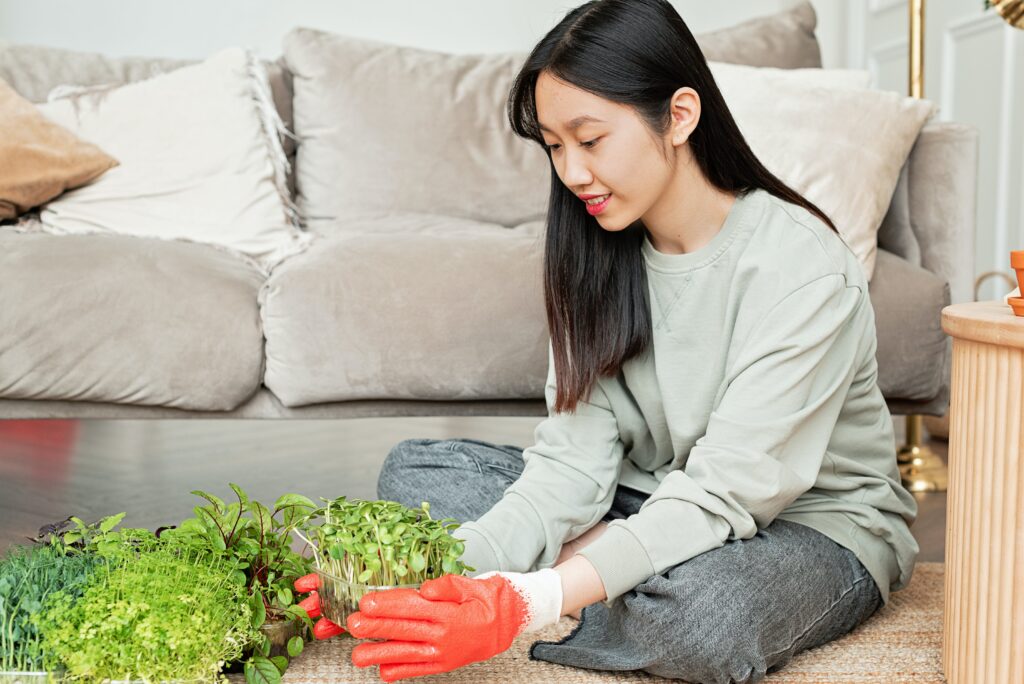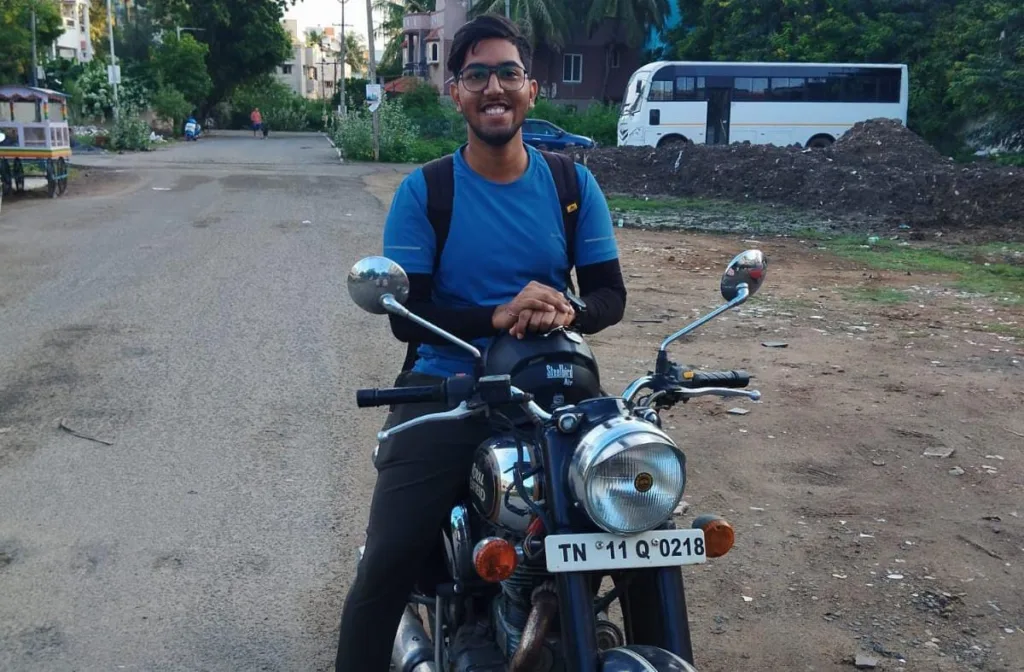Introduction:
About a month ago, when I was returning from my hometown back to Chennai my mother made me some coconut laddu, they are made from
shredded tender coconut during that time we also made some coconut cream, coconut milk, and coconut oil.

Unexpected mold encounter
From my previous experiences in a hostel in Andhra Pradesh, these coconut laddus get moulded very easily. If not consumed in time they all get mould and have to be thrown away, but who knew it was going to be different this time?
When I came to Chennai I ate them for about a week and then I saw that some of the undisturbed laddus in the box were getting a green layer on top of them (fungal spores), that’s when I knew that it was time I should give up eating them. So, I took all the laddus, threw them in the dustbin, and put the box aside to be washed later.
Fungal feast in the dormitory
This put-aside box went unnoticed for about 4 days ( I live in a very small dormitory hence didn’t remember) this turned out to be a feast for the fungal colonies as some of the laddu fragments were left in the box, which resulted in some decent colonies inside the box.
It was then when I decided I want to culture them and try to identify which species they are ( turns out it’s not very easy to identify any unknown organism just with small laboratory).
Culturing the unknown fungal colonies
I went to my HOI and told them about my interest in cultivating this fungus from a food source and then took an Eppendorf tube and carefully isolated a few colonies. After isolation, I had thoroughly washed the container. The quest for unknown fungus culturing was on.
After discussing the procedure for how to culture the fungus with my teachers I began working on it. Till that time, I had only worked on bacteria ( E.coli).
Experiment procedure
Here is the general procedure for isolating an unknown organism from a densely populated sample:
- Perform serial dilution (recommended till 10-10);
- Do spread plate culture for all the serial diluted samples;
- Allowed to incubate at 28 C for 48 hrs;
- Perfect colonies are isolated from the serial dilution that are formed in low-density areas ( well isolated);
- Isolated colonies are then cultured in fresh Petri dishes using the quadrant streaking method;
- Incubated at 28 C for 48 hr;
- Viewed the colonies under microscope ( 4x, 10x, 40x, 100x);
- For further examination and precise identification, it is recommended to go for sequencing.
- Your unknown organism is identified using the sequences from the various data banks available on the internet.
Serial dilution and spread plate culture
I performed the above steps one by one. I performed serial dilution till 10-5 (this turned out to be the correct number later) as I was not granted more consumables from the laboratory for such an experiment, as it was just a random experiment to practice molecular biology techniques and not any research project.
Here are the images after the serial diluted petri plates were incubated;
Isolation of perfect colonies
After this step colonies were isolated and pure cultures were made from the fresh colonies. To my surprise, I found bacterial samples also in my source.
You will see them in the above images as some plates have shiny colonies ( bacterial) and some have a relatively big circular colony and grow upwards ( fungal).
Quadrant streaking and subsequent incubation
Here are the images of the isolated colonies after quadrant streaking;
Bacterial Gram Staining:
After these I figured I should perform gram staining on the bacterial colonies; the result turned out to be a gram-positive bacillus, not much could be said after this as sequencing would be required to pinpoint the name of the organism.
Here are the gram-staining images:
Microscopic examination:
For the fungus, it required a different procedure and our lab didn’t have the supplies or the bio-safety areas to perform those procedures, therefore I had to settle down with the microscopic evaluation.
I was able to see hyphae, fruiting bodies, and also spores. It was so magnificent to look at such a diverse network of ecosystems that survive from the residues of food material.
Here are the microscopic evaluation images of the fungus :
Conclusion and reflection:
I was unable to determine the class of the fungus however it was a fun experiment and I would say this was a successful experiment as I learned some techniques and found out about my mistakes ( in quadrat streaking) etc.
Thank you for reading another blog of
Sciencemaniac comment on your view of the experiment and about my writing style.
check out my tech related blogs here



